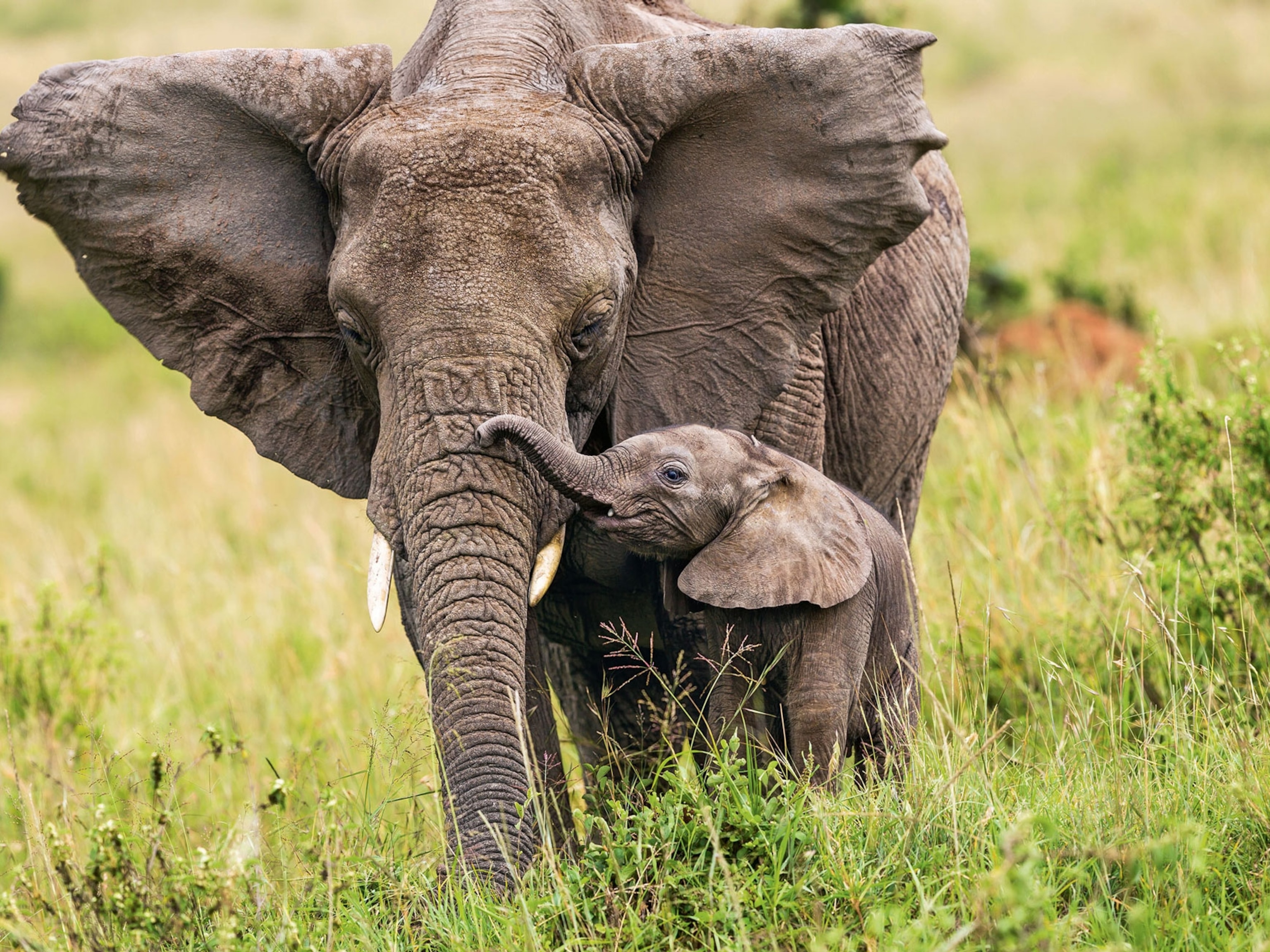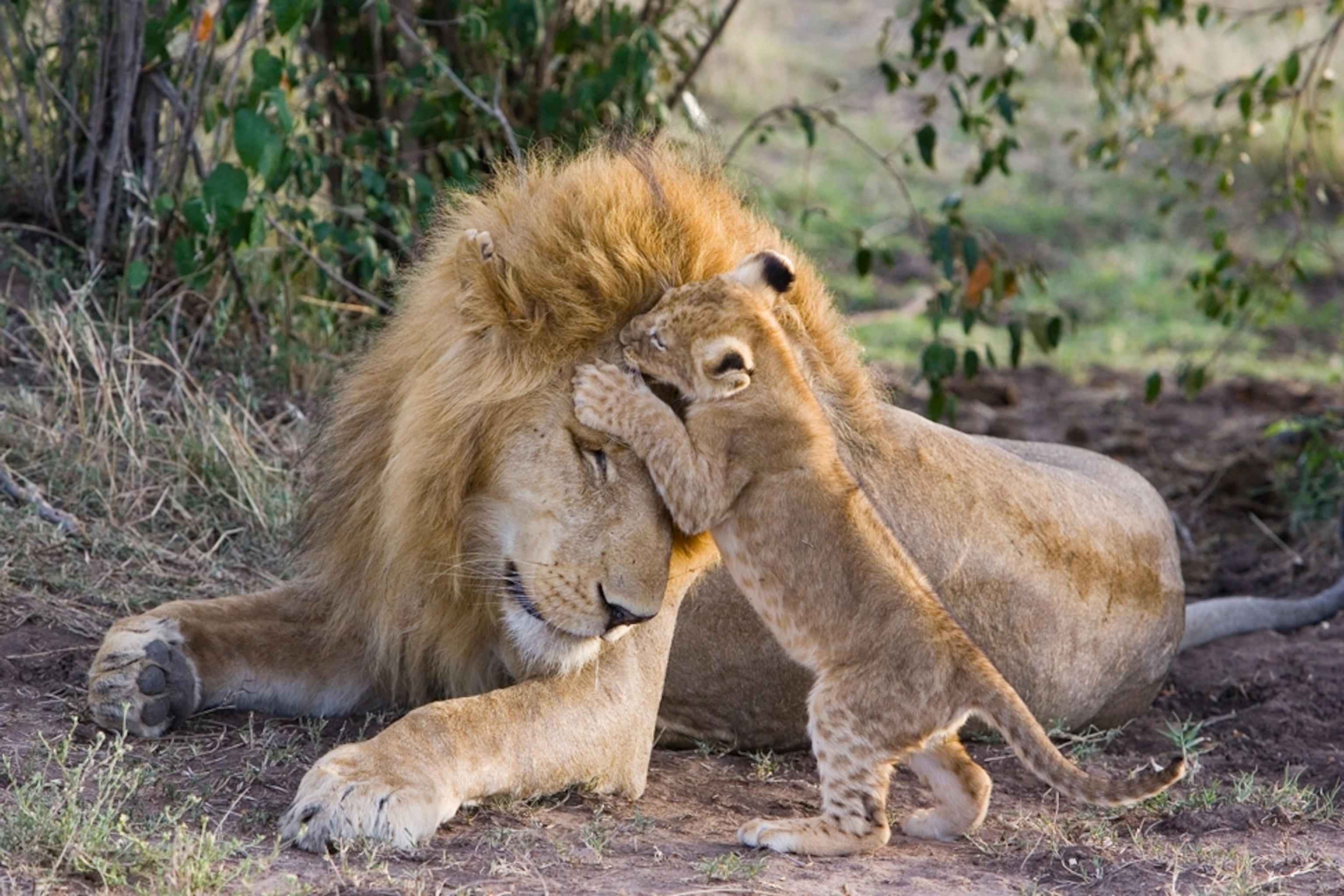
Amazing animal dads
Wild animal fathers don’t have the best reputations—but these six will surprise you.
In the animal kingdom, dads don’t often stand out for their role as parent, mentor, and friend. But some are doing their part to change that reputation. Just like human fathers, animal dads can make extraordinary sacrifices for their children. But they also know when it’s their offspring’s time to leave the nest and seek out their own territory.
Here are six examples of wild dads protecting, teaching, and supporting their young.
Ruler of the roost
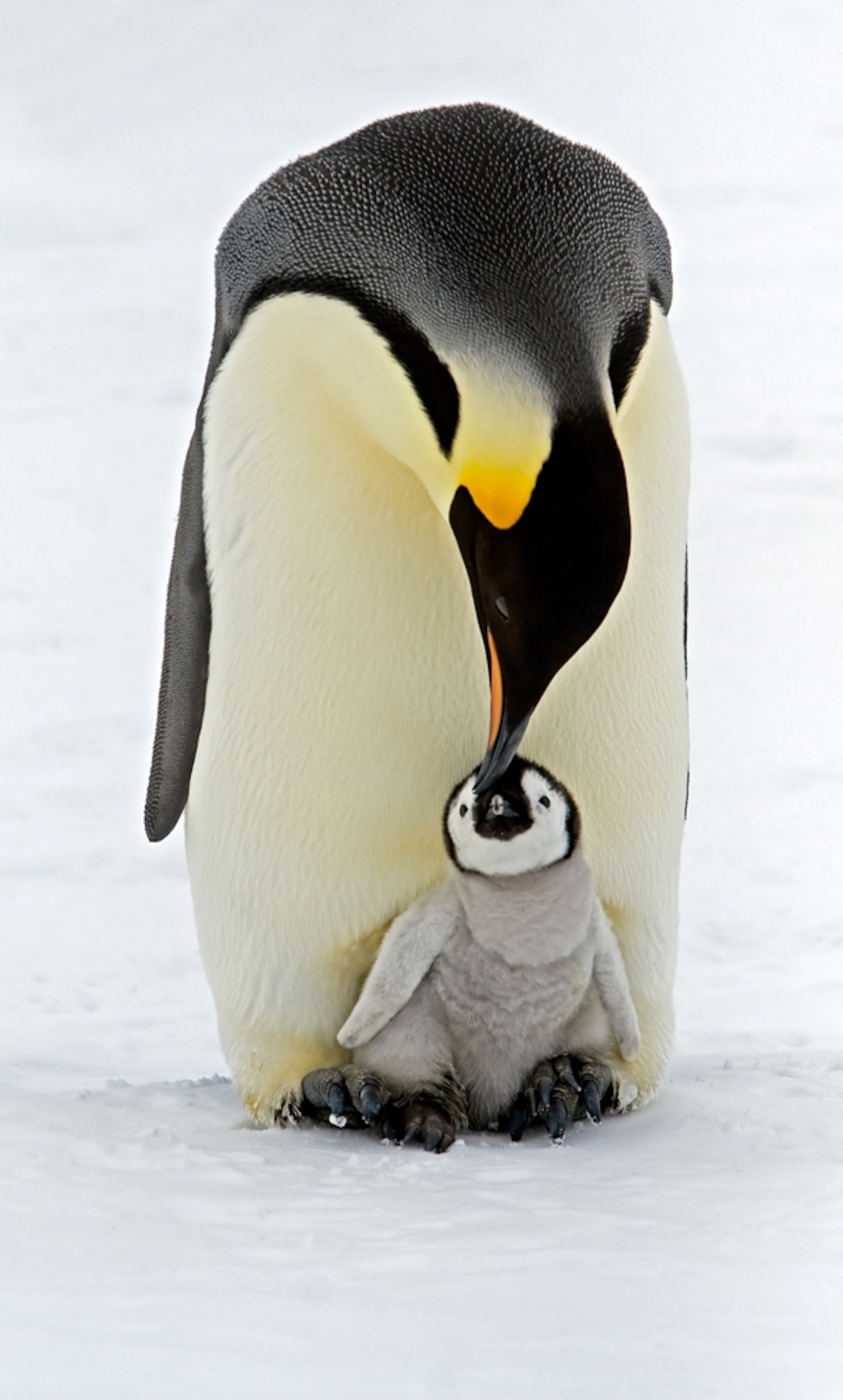
Emperor penguins live up to their name as they rule the Antarctic roost. While Mom goes off on a months-long search for food to share with their unhatched chick, Dad stays with the newly laid egg. He must keep it warm by cradling it on his feet and covering it with his brood pouch, a layer of feathered skin used just for this purpose. For the next two months, this is his only job. He’ll forsake everything else, including eating, relying on his own fat reserves to see him through. If their chick hatches before Mom returns, Dad will feed the baby penguin. But once Mom’s back, both share responsibility for raising and feeding the chick. The chick eventually develops feathers and is able to survive outside his parents’ brood pouches. Soon they’ll all return to the sea, their true home.
Precious cargo
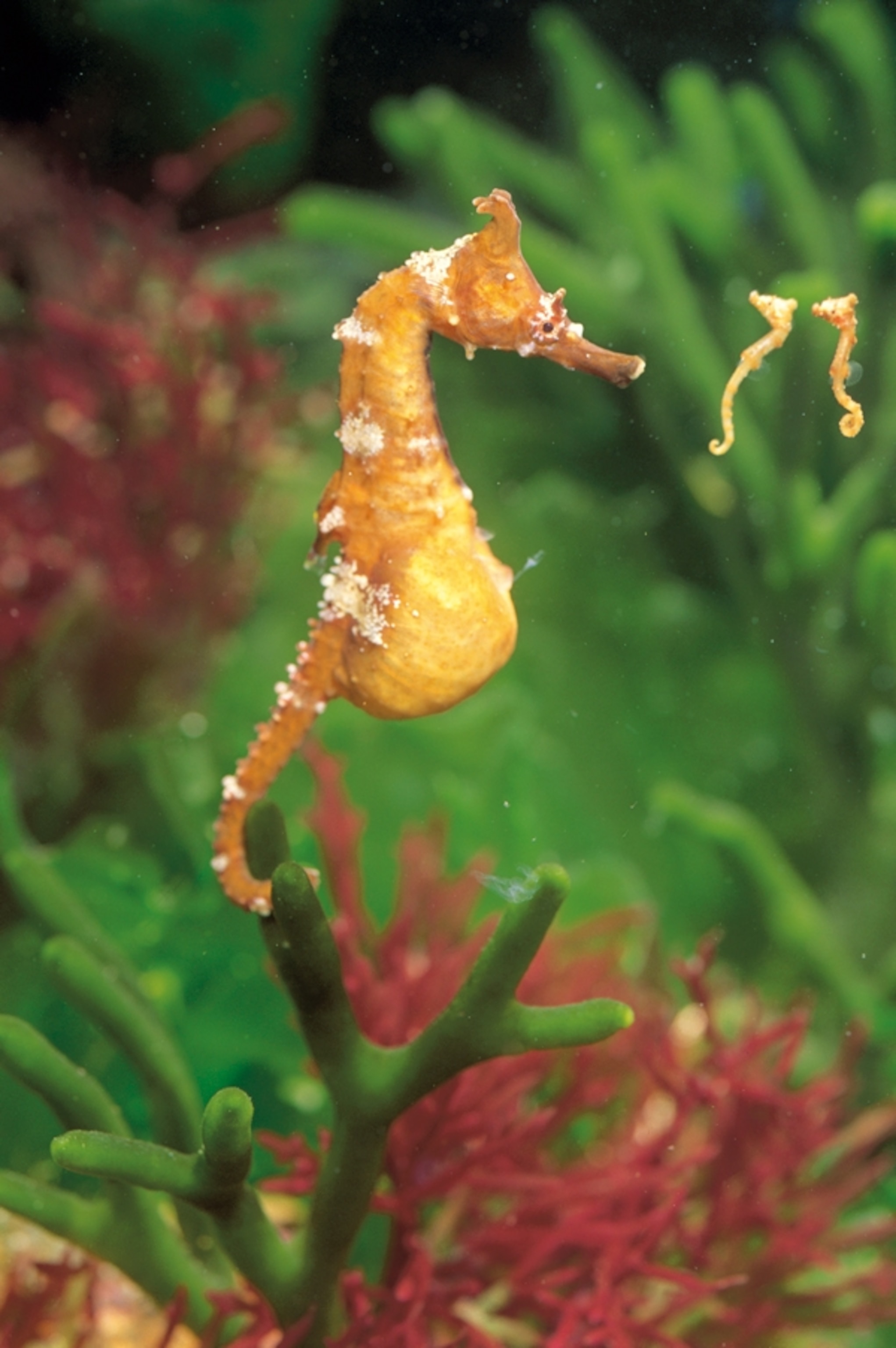
Seahorses are some of the most iconic marine life. These upright swimming fish are found in shallow tropical waters around the world. The role of a seahorse father is unlike that of any other animal in the animal kingdom. Seahorses mate for life, but it’s the father that becomes “pregnant.” Seahorse fathers will carry the eggs in a special brood pouch for up to four weeks before giving birth. Depending on the species of seahorse, the father can carry as many as 1,500 eggs in one pregnancy. Dad keeps them safe as eggs, but baby seahorses—also called fry—are independent from birth and learn to navigate their ocean environment on their own.
Follow my lead
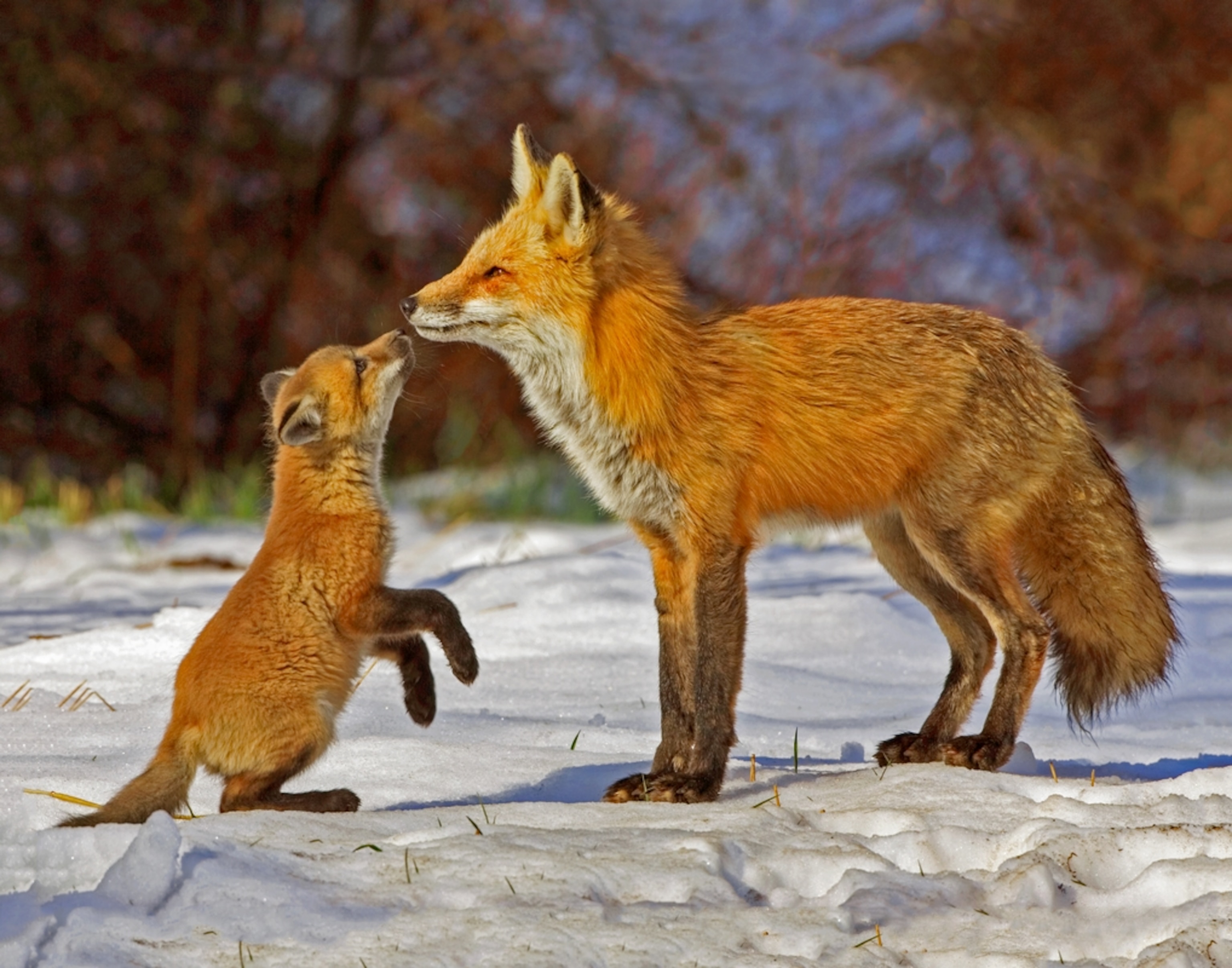
After spending the first three months of their lives in the den, red fox kits are ready for adventure. The past few weeks have been busy, with the kits exploring around the den entrance, tumbling and tussling with each other, all under the watchful eyes of their mom and dad. Now they’re bigger and know it’s time to follow Dad’s lead and learn to forage for themselves. Hunting is a particularly difficult task for the short-legged kits, lacking stealth and speed, but Dad will make sure they’re prepared. He’ll often bury prey near the den, then lead the kits on a pantomimed hunt as a way to demonstrate tracking scent. Dad also joins in his children’s games, roughhousing playfully so they develop a hunter’s strength. He knows that even when you’re giving a lesson, you have to make time for fun.
There from day one
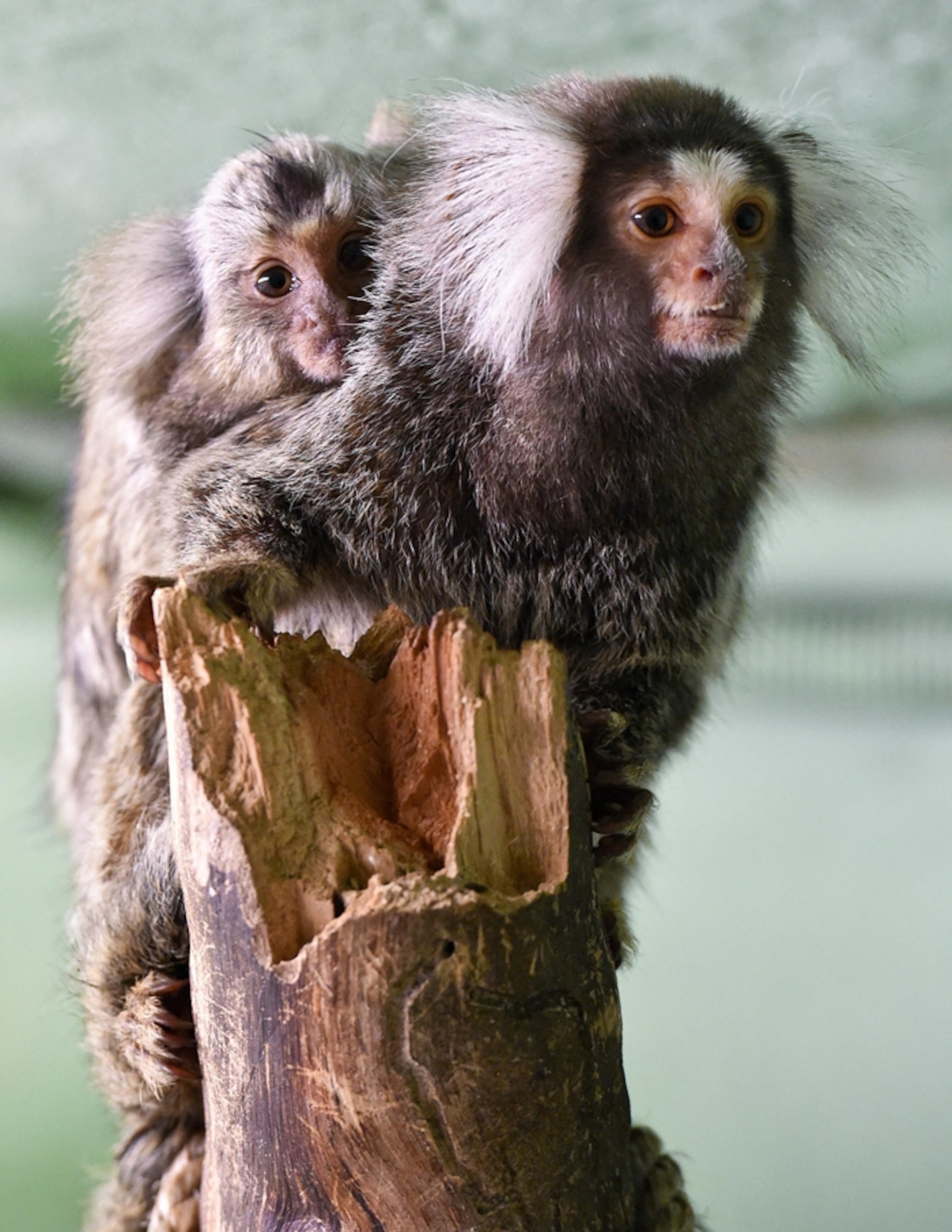
From the very beginning, common marmoset dads are there to help. After assisting as a midwife during the babies’ birth and licking them clean, Dad carries the little ones as they ride on his back for the first two weeks of their lives. The babies depend on their father to be their caregiver during those early days, and he’s known to respond within 45 seconds of hearing their cries. Mom continues to feed the babies during that time but relies on Dad for a lot of help. Common marmosets are very small, so the enormous task of caring for young, often twins, must be shared between parents. Within a few weeks the babies are out exploring but need Mom and Dad’s help as they learn to take care of themselves.
Piggyback pop

The tropical rainforests of Papua New Guinea are known for their immense biodiversity of flora and fauna. It’s here that certain species of frog fathers from the family Microhylidae care for their young. These frogs are unique in a few ways. Not only do they skip the tadpole stage, but the fathers are known to be the primary caregivers. The female departs quickly after laying the eggs, so it’s up to Dad to guard the clutch. He protects the eggs from predators and keeps them hydrated until they’re ready to hatch into tiny froglets. In many microhylid species, all the young—as many as 25—quickly climb upon Dad’s back. He then embarks on a week-plus journey, moving 50 or so feet at a time and only at night. As he moves, the froglets jump off Dad’s back, ready to begin life on their own in the rainforest.
Male bonding
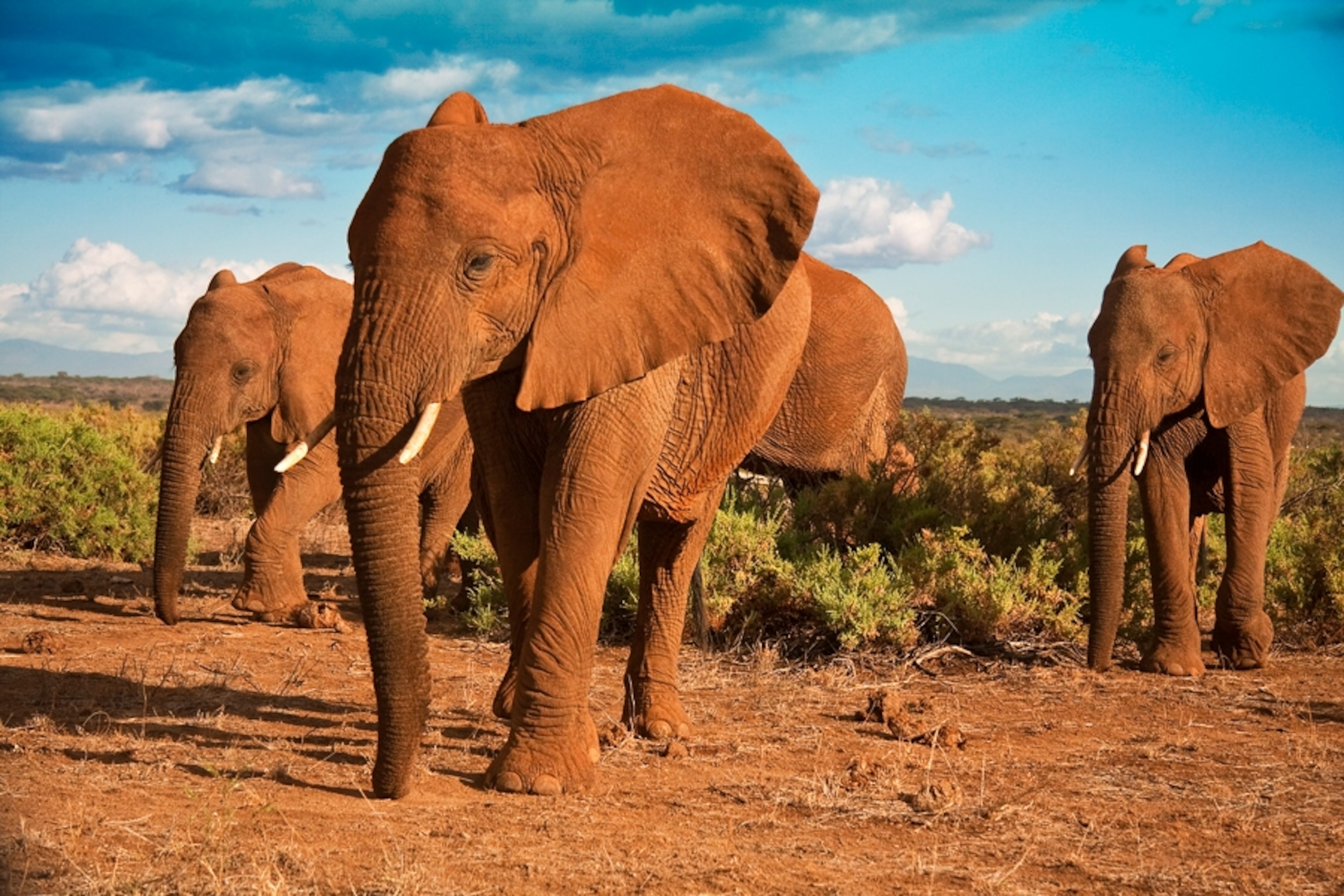
Newborn elephants are welcomed into a family group led by a strong matriarch. Young female elephants will stay with that group, but when a male grows older, he begins to venture out on his own, away from the strongly bonded maternal family group that he was once a part of. Adolescent independence has its thrills, but it’s also a period of transition. Luckily, roving bands of adult males often take in teenagers and help them learn the ropes, such as finding their place in the new social ranking. Even if none of the males in this adoptive group is the young elephant’s father, they certainly become strong male role models. The friendships formed are often lifelong bonds.
Excerpted from Amazing Dads: Love and Lessons From the Animal Kingdom. Copyright © 2017 National Geographic Society. All rights reserved.

